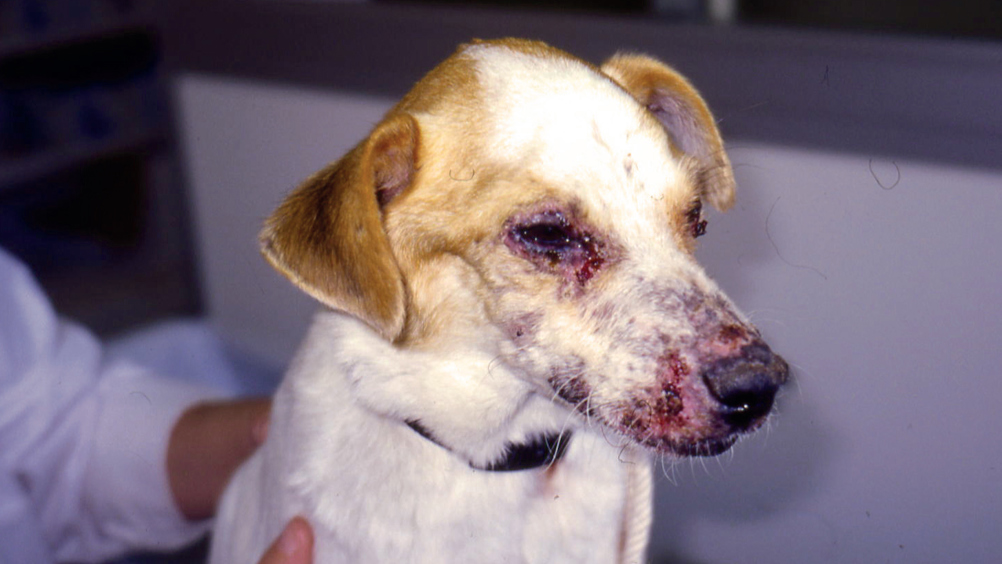References
Parasite roundup for 2023

Abstract
Increasing numbers of imported rescue cats and dogs have been seen over the past few years with an associated risk of exotic pathogens entering the UK. This article provides an update on the parasitic infections seen in UK cats and dogs, as a result of changes in climate, habitat and movement of pets.
Parasite distributions in UK cats and dogs continue to be very fluid, with changes in climate, habitat and movement of pets all playing a significant role. Changing conditions in the UK, alongside increases in pet travel and importation, make it difficult to predict where and when pathogens will emerge, and the risk they will pose to UK biosecurity, human and animal health.
Increasing numbers of imported rescue cats and dogs have been seen over the past few years, with an associated risk of exotic pathogens entering the UK. The European Scientific Counsel for Companion Animal Parasites (ESCCAP) UK & Ireland does not support importation where pets can be rehomed in the country of origin. However, ESCCAP UK & Ireland is keen to work with charities to improve screening prior to importation and to raise awareness of the associated issues. ESCCAP UK & Ireland also supports charities working in countries around the world to improve animal welfare and reduce the need for animal relocation.
Register now to continue reading
Thank you for visiting The Veterinary Nurse and reading some of our peer-reviewed content for veterinary professionals. To continue reading this article, please register today.

